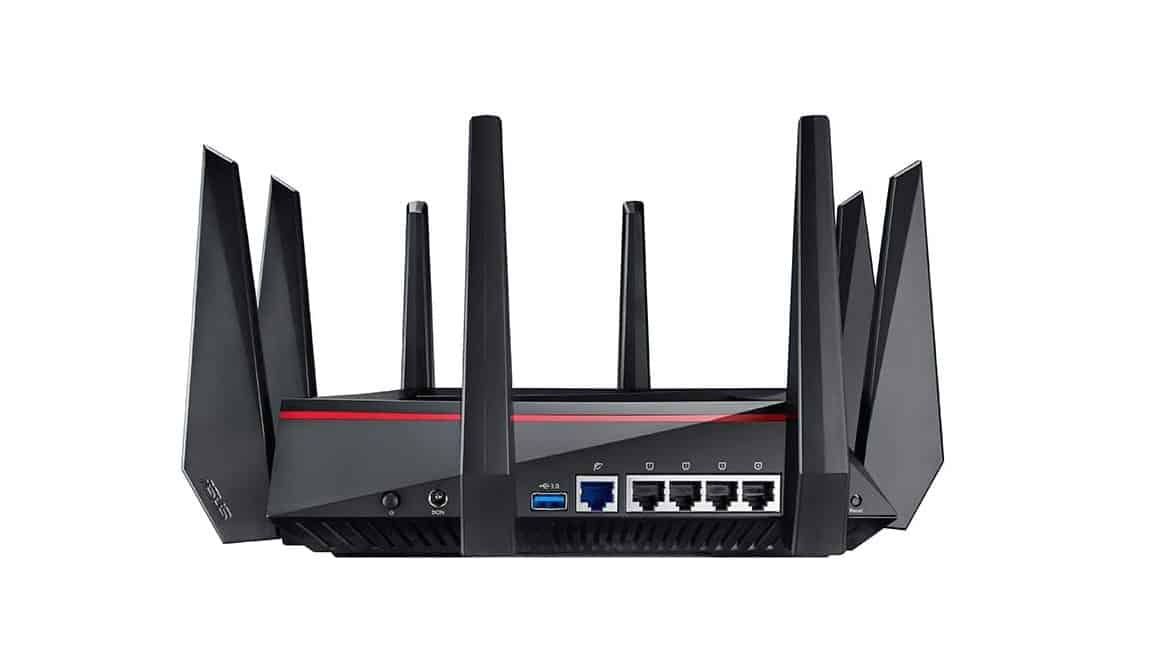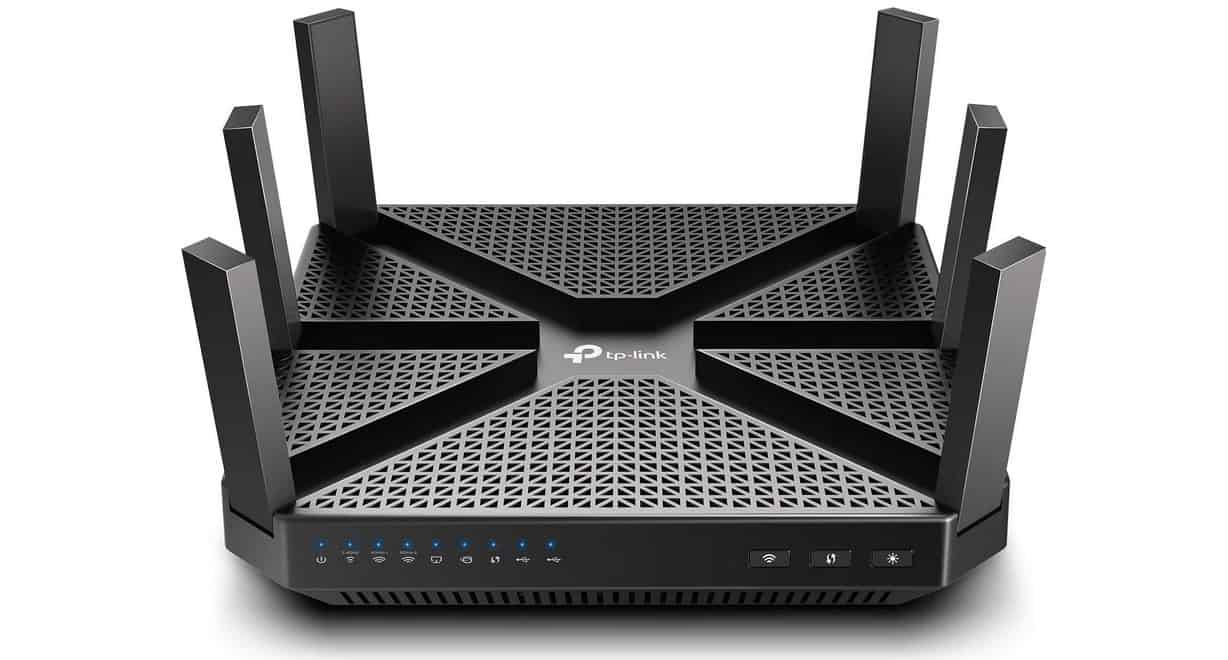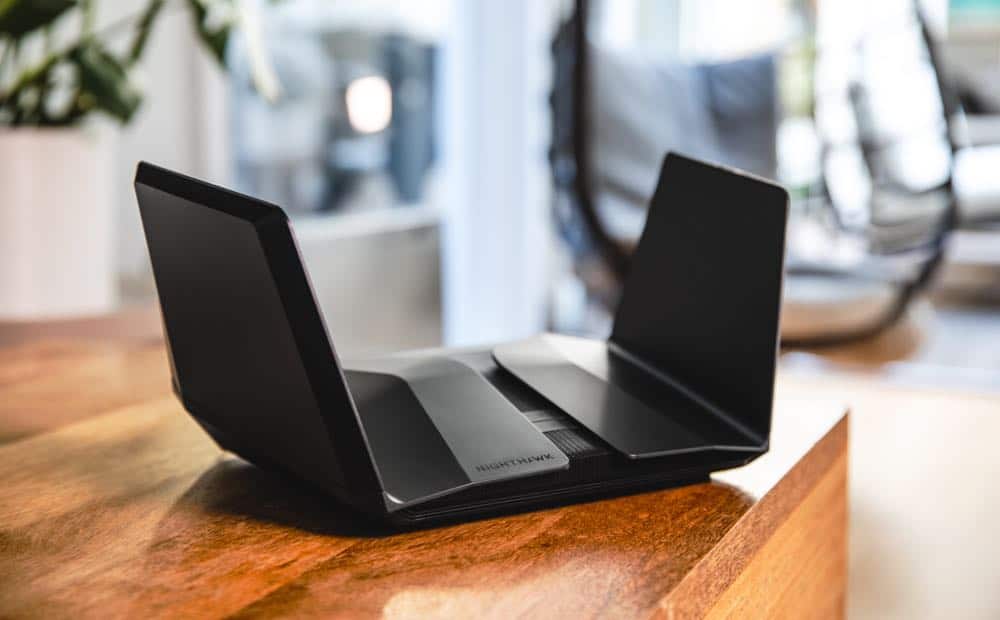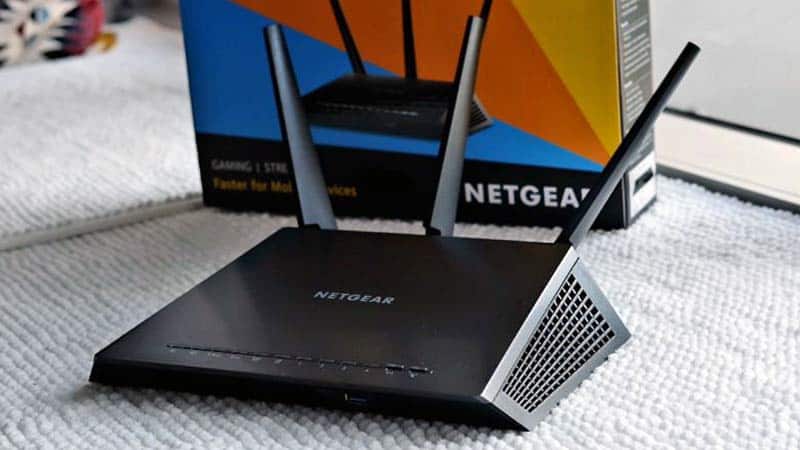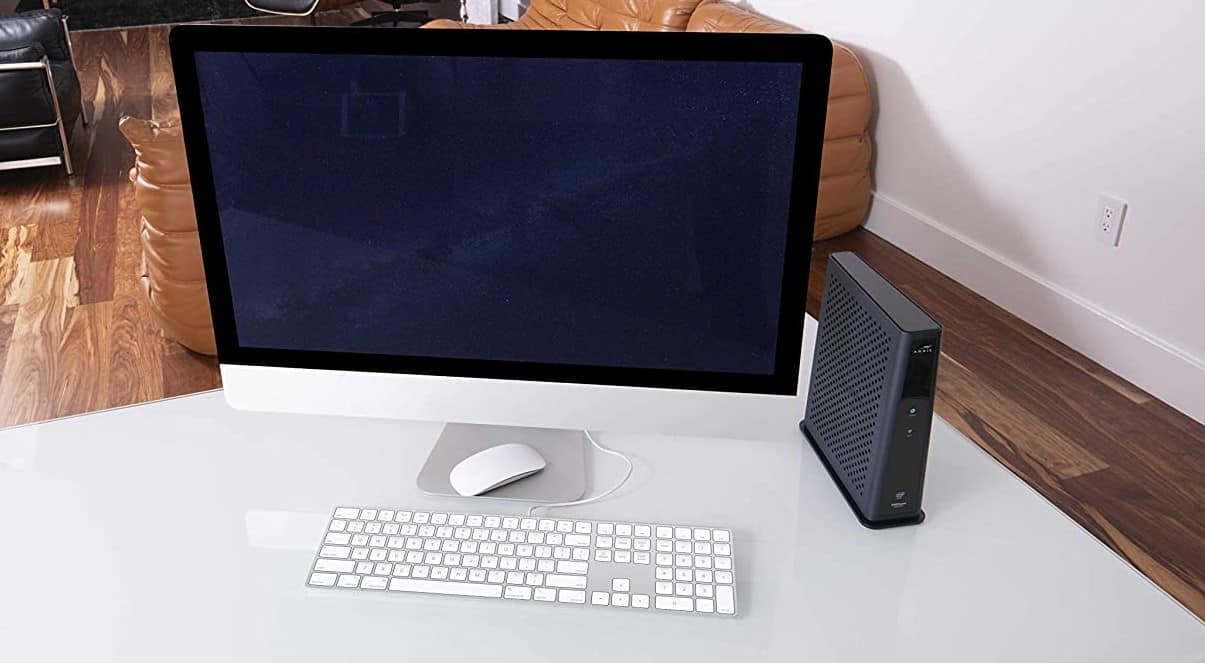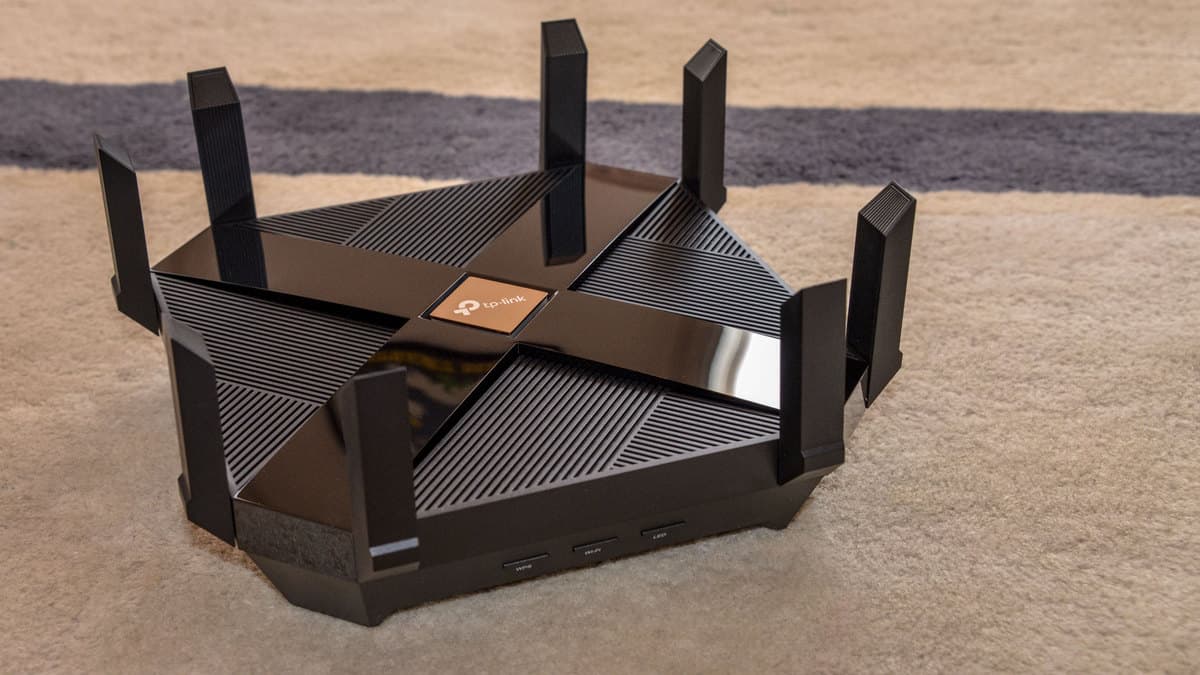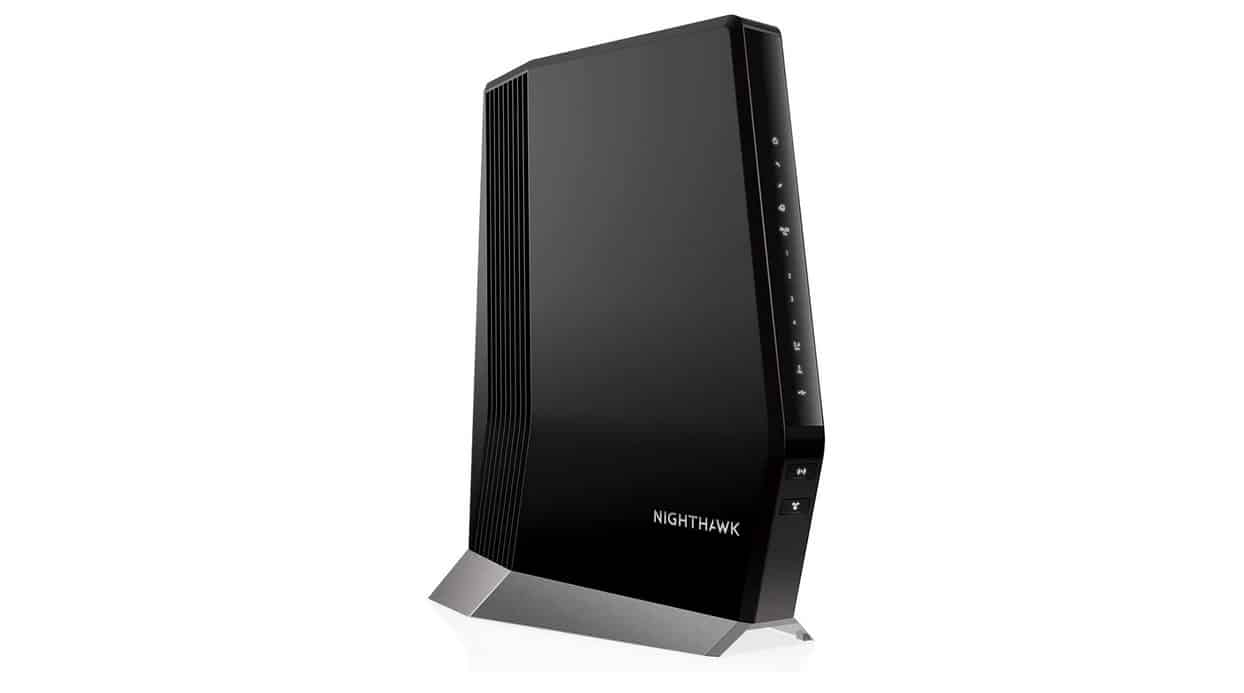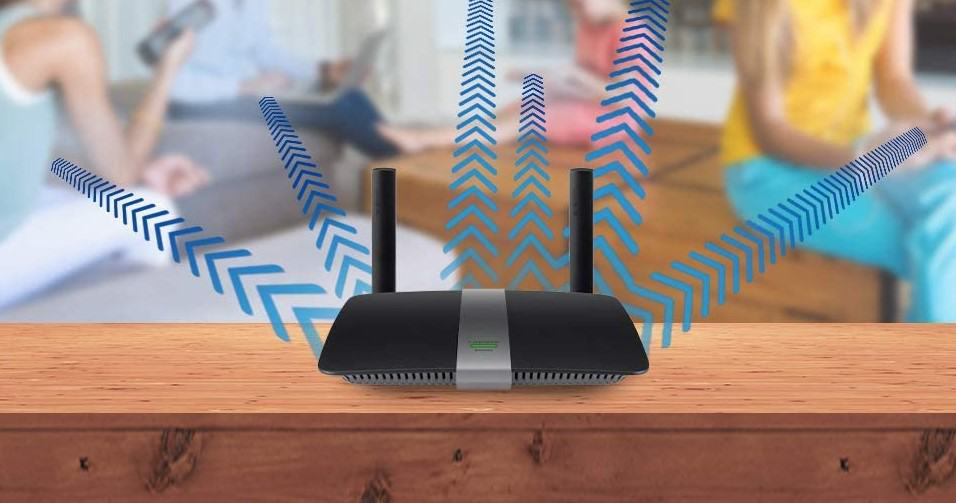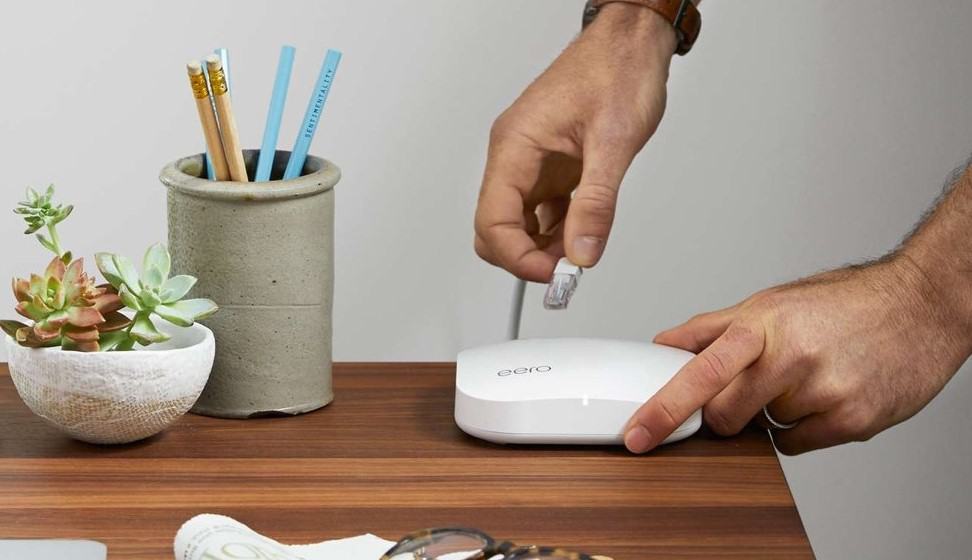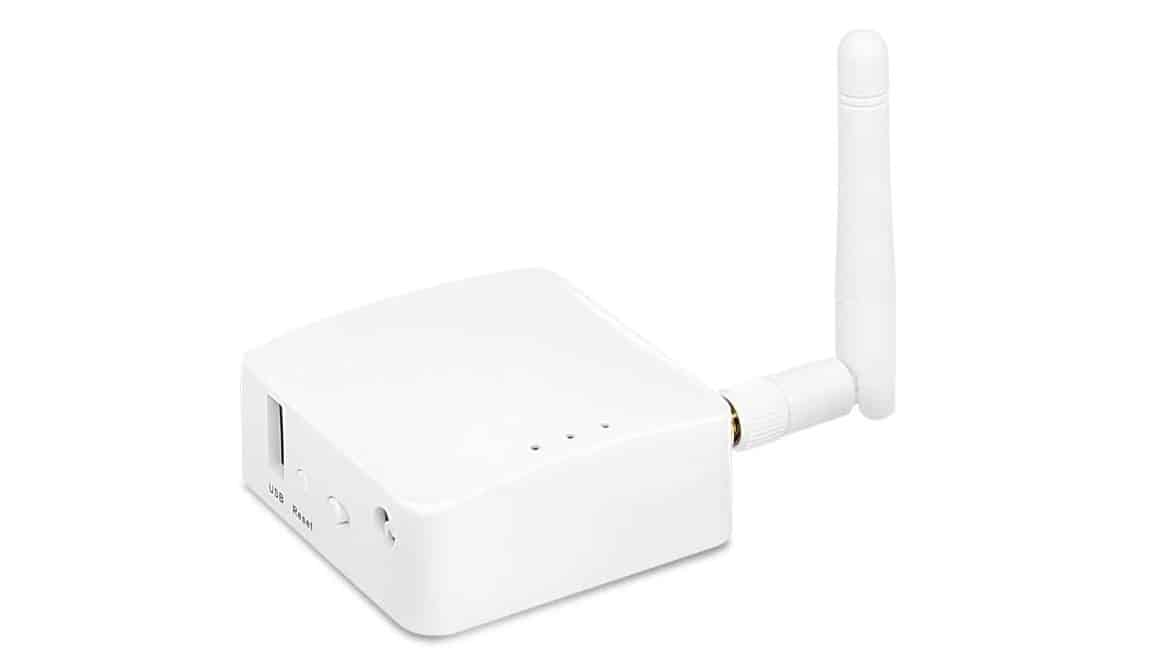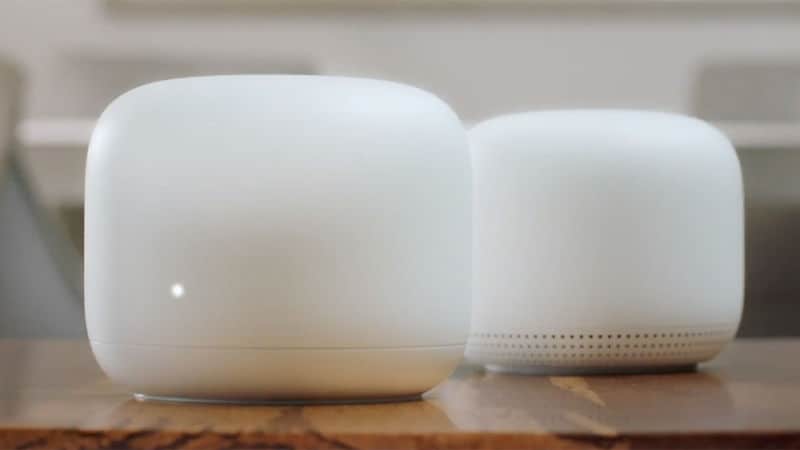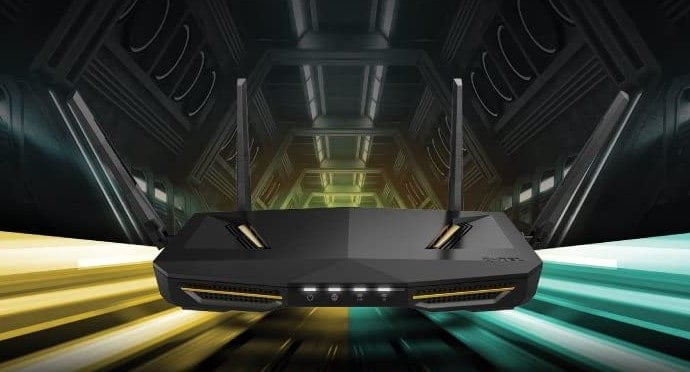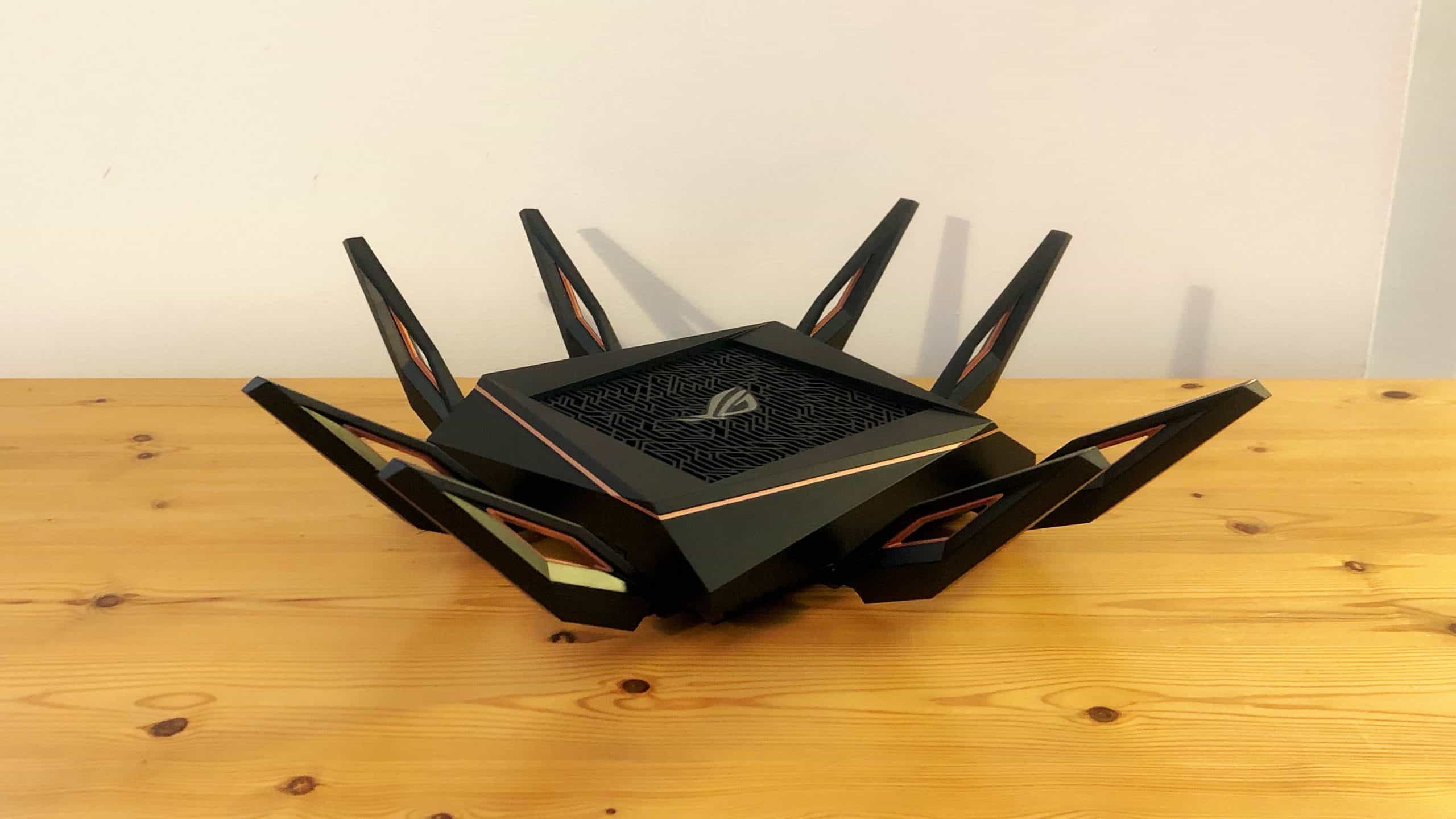If you are having some issues with your wireless connection, you may want to learn how to troubleshoot a router. Even the best routers can drop signals and run into a variety of problems during use, so it is important to have the information handy for fixing any issues that arise. Keep reading to learn router troubleshooting tips.
KEY TAKEAWAYS:
- Your first step with any router issue is to simply unplug the device, wait 30 seconds to a minute, and plug it back in.
- Your next step will be to check on the status of your system drivers, downloading and updating if necessary.
- Finally, check on any local Internet outages and be sure to pay your bill, as either could be limiting your wireless signals and shutting down your wireless network.
Wireless Router Troubleshooting Tips
There are a number of ways you can be proactive when it comes to fixing any issues that arise with an Internet router, whether you are trying to learn how to get a stronger single or how to fix a red light on a router.
Insider Tip
If your router is consistently dropping a wireless signal, it may be time for an upgrade.
Here are a few troubleshooting steps to consider whenever your wireless router begins acting up.
Restart Everything
Your first line of defense against router issues is to simply restart the unit by unplugging it from the power outlet, waiting for around a minute, and then plugging it back in. Why the wait time? Routers tend to hang on to electricity for a while before discharging it into the atmosphere, and you want to make sure it is completely powered down before restarting it. While you are at it, take this time to restart your cable modem and any wireless extenders you are using. You may also take this time to disconnect a device or two, in case you are wondering how many devices a wireless router can handle.
Update the Drivers
You could also be in the midst of a driver issue. Take care to upgrade your router’s system drivers by heading to the appropriate web portal, finding the drivers, installing the drivers, and restarting your router and associated devices so the driver updates can integrate. Using old drivers can cause all sorts of problems when it comes to wireless connectivity, so this should be one of your first steps.
Check for an Outage
The issue might not even lay with your router or even your modem. You could be in the midst of an Internet connection outage. Call your Internet service provider for more information or access their website via your smartphone’s satellite connection. Also, you may have simply forgotten to pay the bill and the company shut the whole thing down, as they are want to do.
F.A.Q.S
How to log into your router’s control panel?
This will vary depending on the make and model of your router, though it will likely include using an ethernet cable, checking the Internet speed, and heading to a web portal provided by your Internet service provider.
What factors should I consider when planning my wireless network?
For a fast Internet connection, find the correct placement for your router and consider using an ethernet cable for some electronic devices. Also, keep the router away from cordless phones and other gadgets that could interfere with wi-fi signals.
Is my router compatible with my modem?
Not always. Check the instructions and go with a wired connection if not.
STAT: One of the most common problems with home networks is that a cable is loose or unplugged somewhere. Check to make sure everything is hooked up properly. (source)
REFERENCES:
- https://www.bestbuy.com/site/tech-tips/home-network-troubleshooting/pcmcat748301880133.c?id=pcmcat748301880133
- https://www.xfinity.com/support/articles/internet-connectivity-troubleshooting
- https://www.xfinity.com/support/articles/troubleshoot-internet-third-party-routerr
- https://broadbandnow.com/guides/how-to-troubleshoot-wifi-not-working
- https://kb.netgear.com/1110/How-do-I-troubleshoot-my-wireless-network

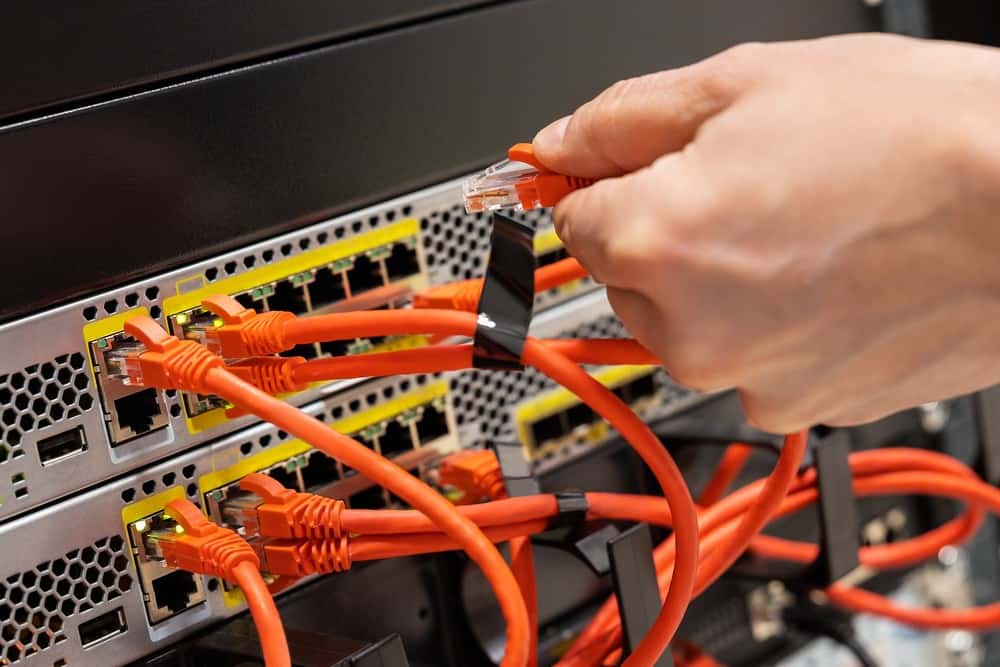













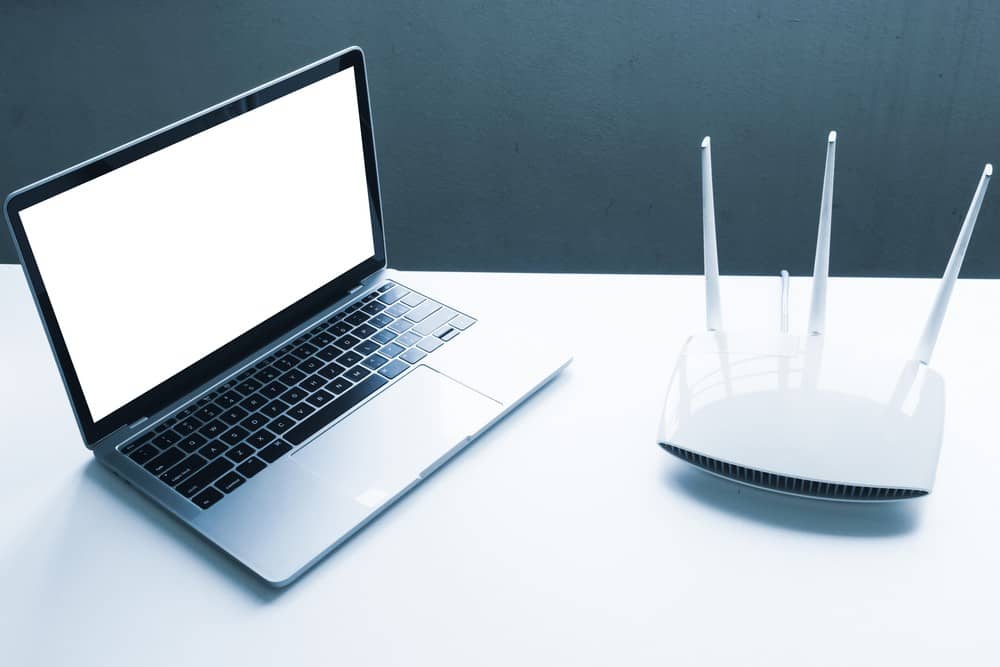
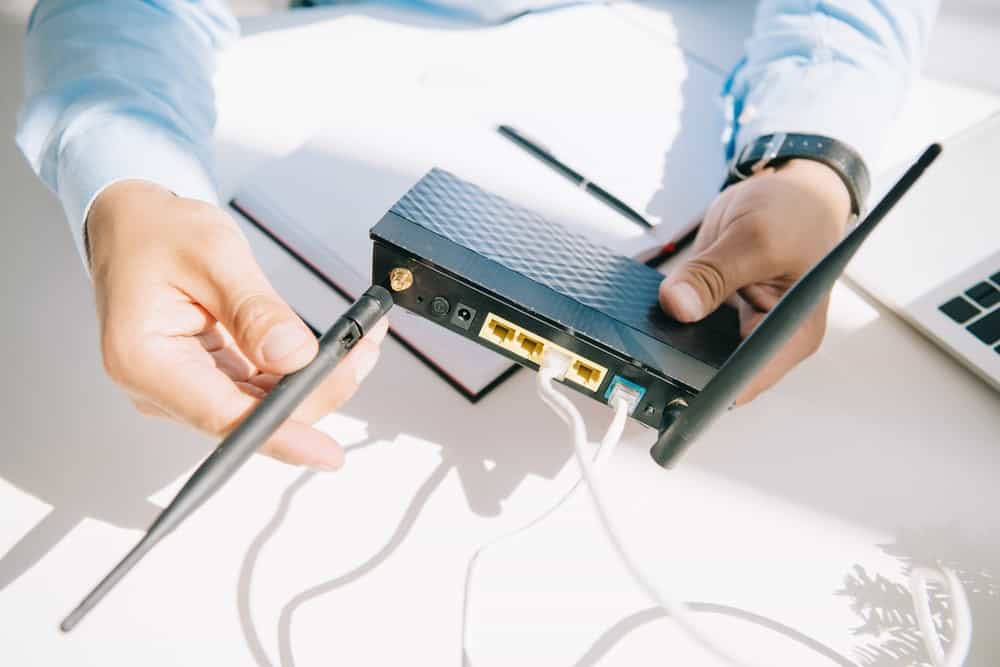
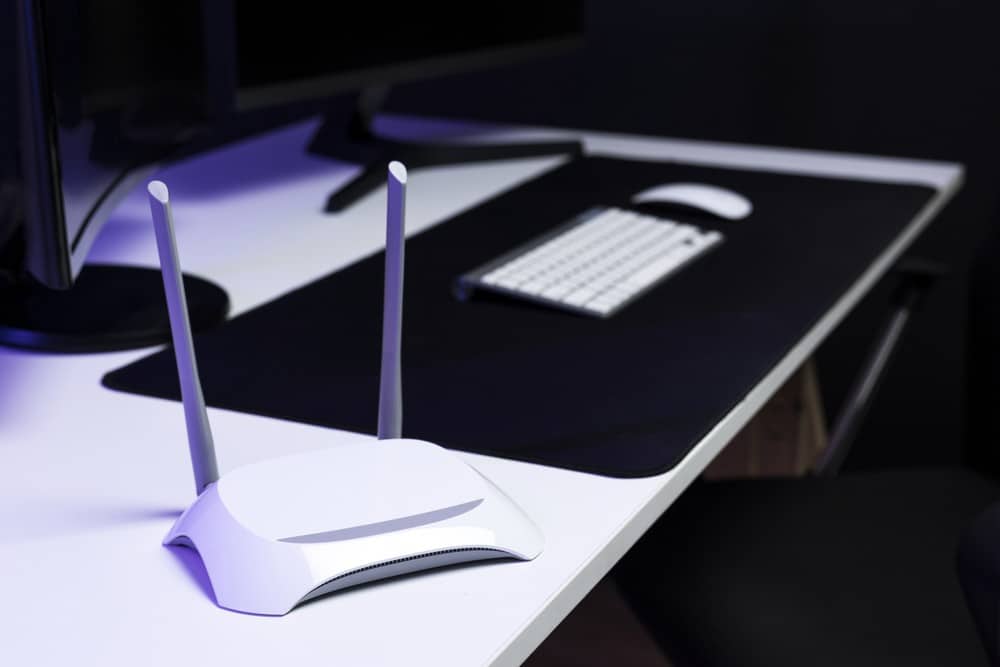
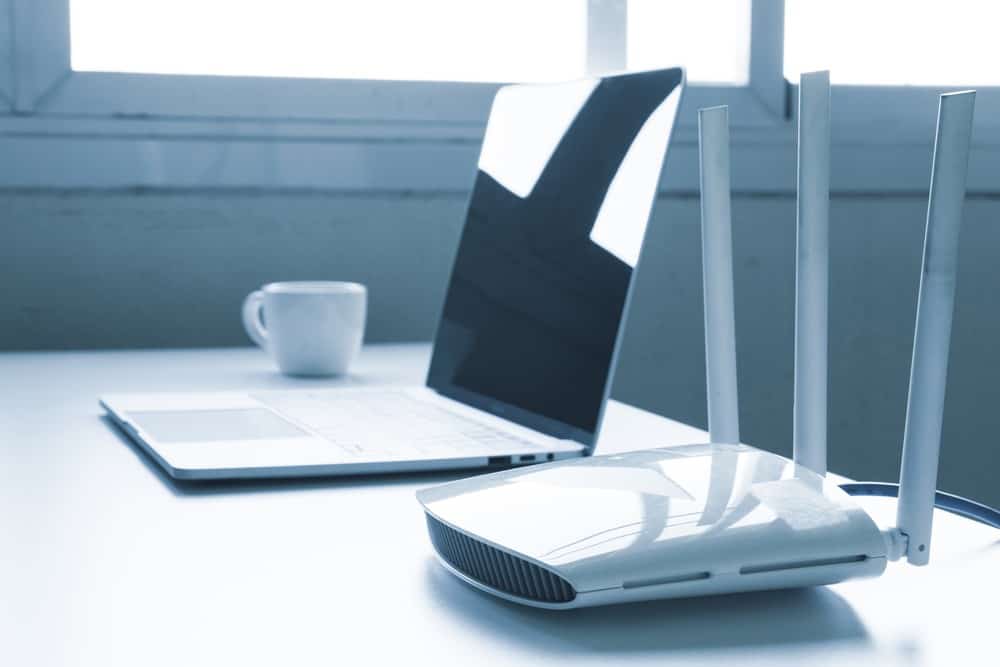

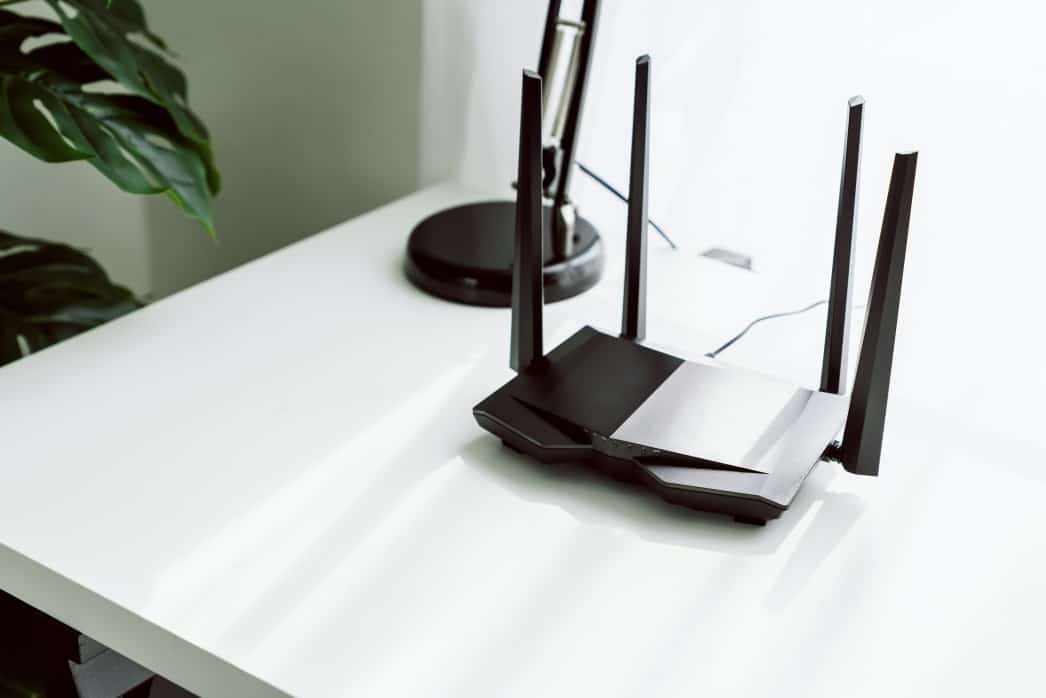
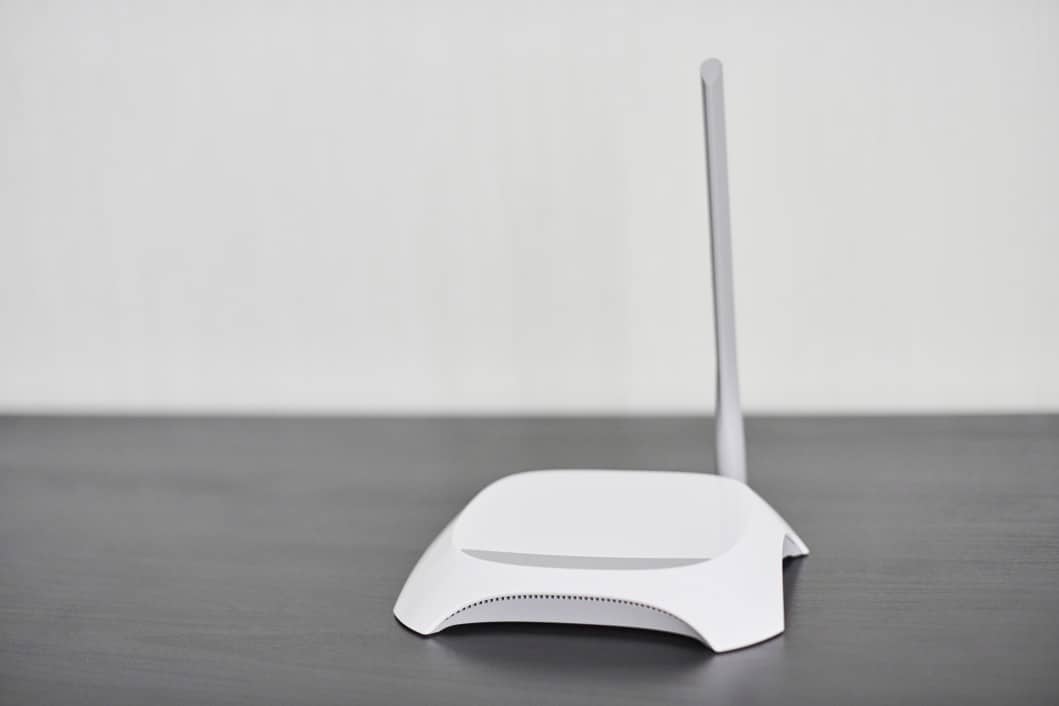
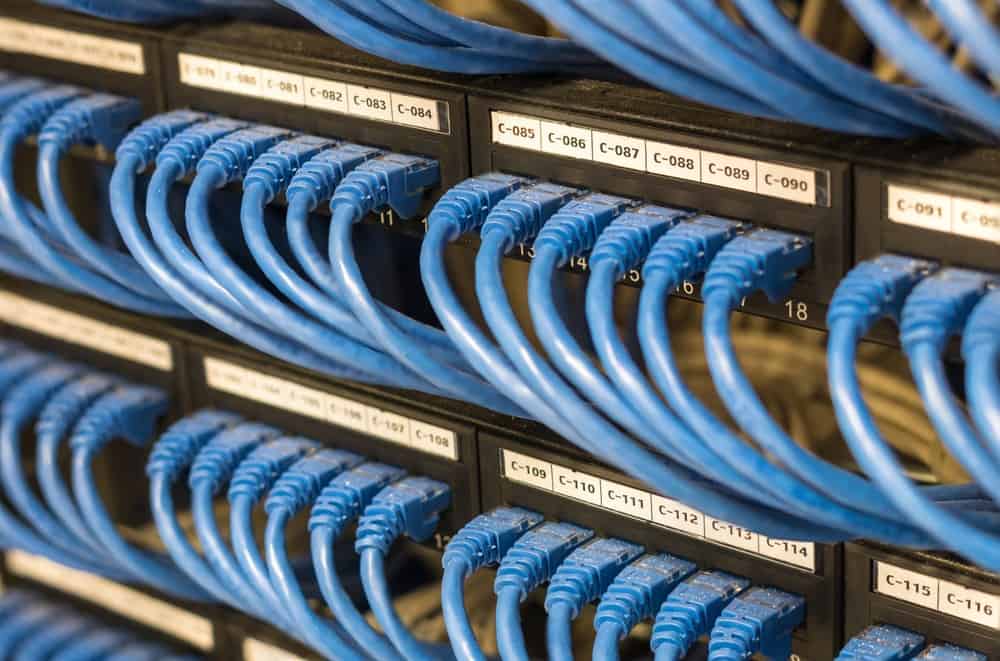
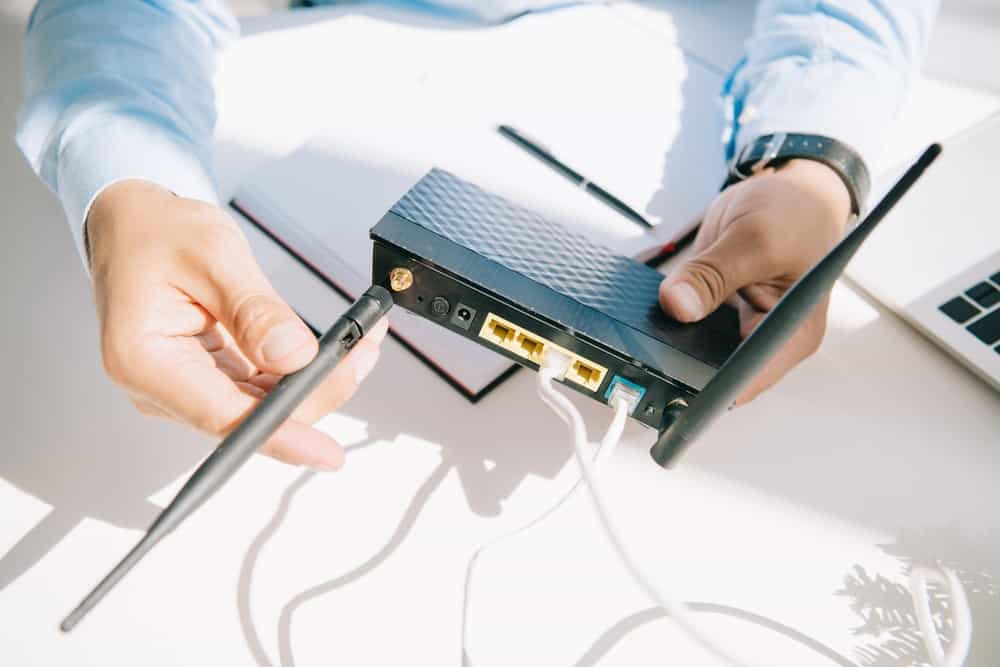
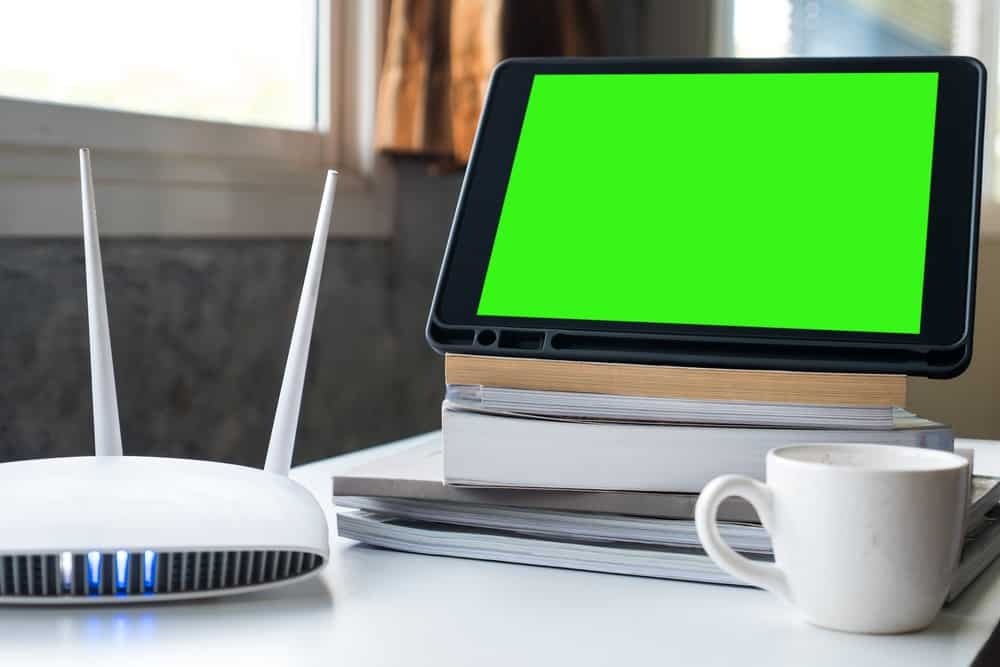
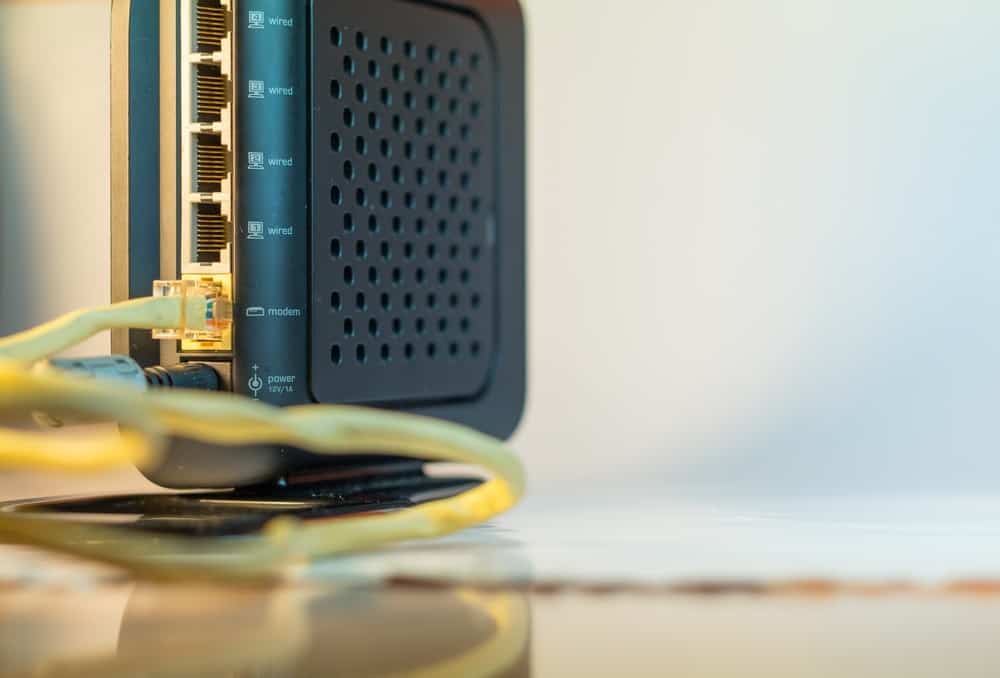

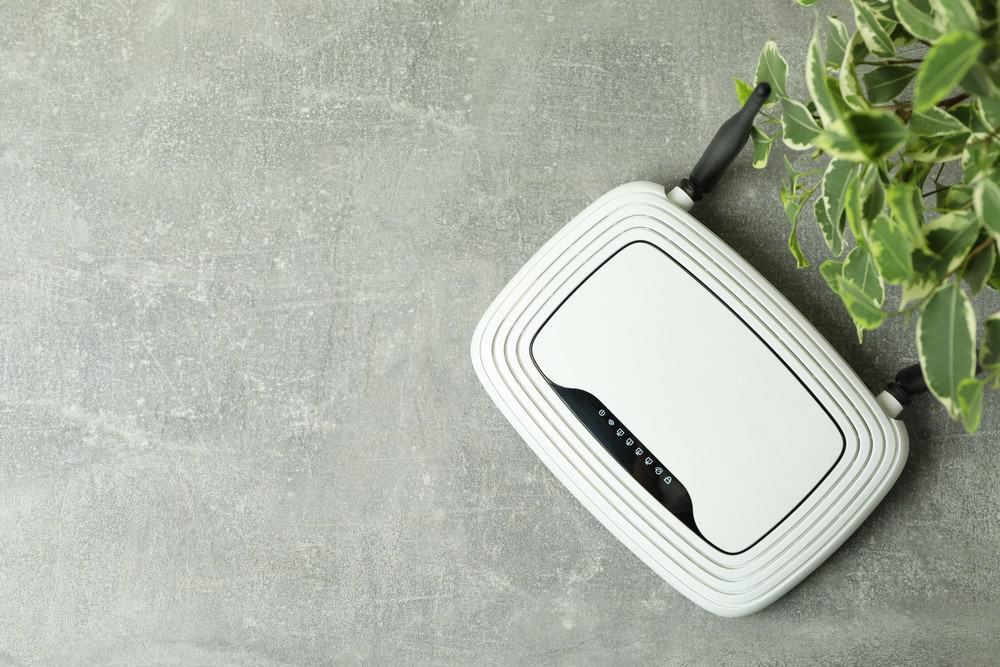
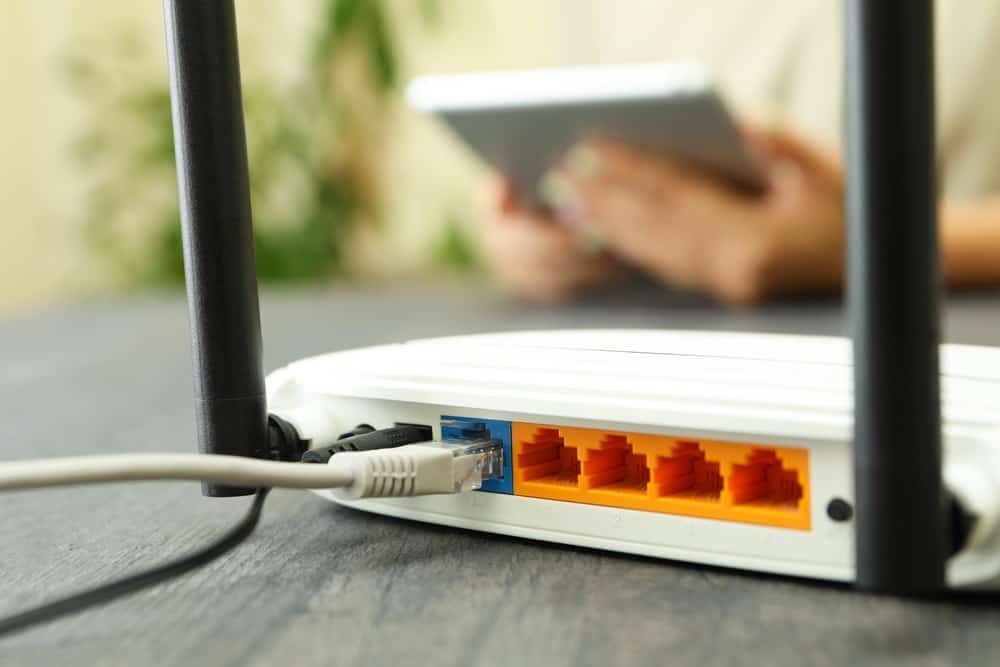
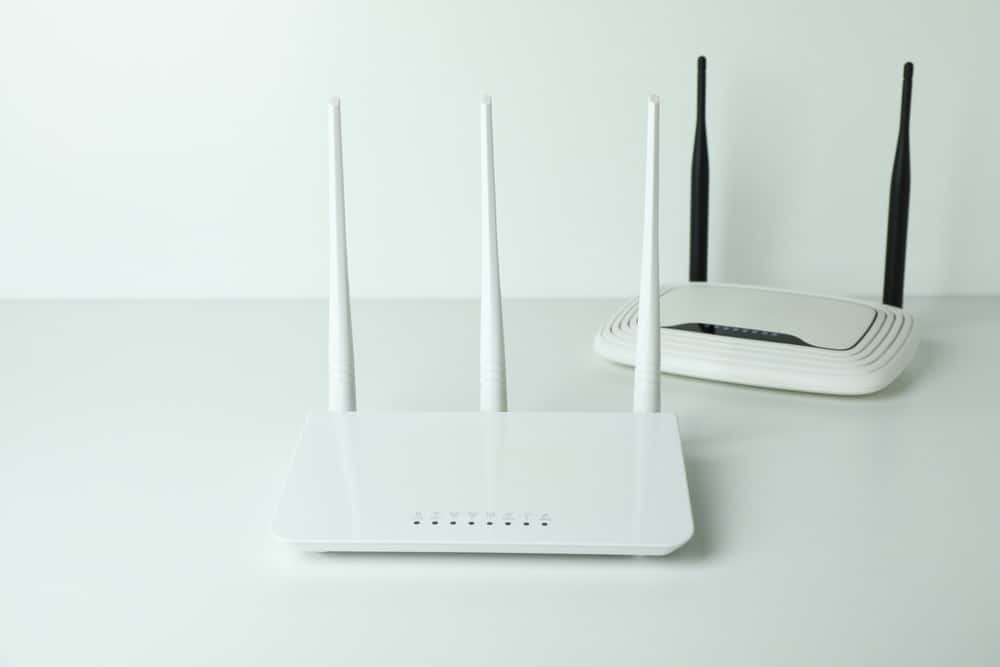
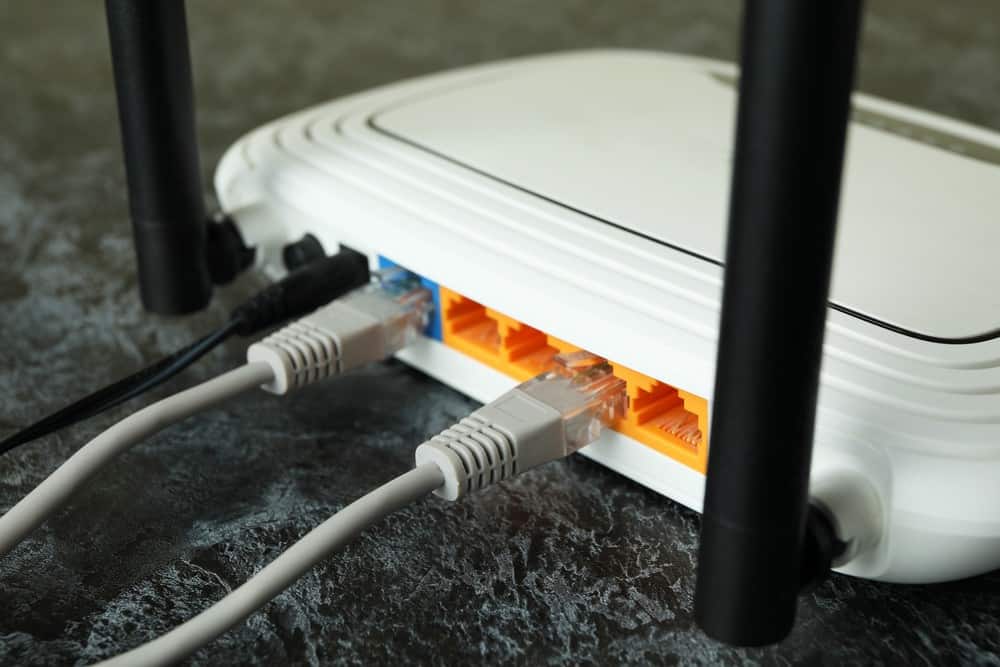
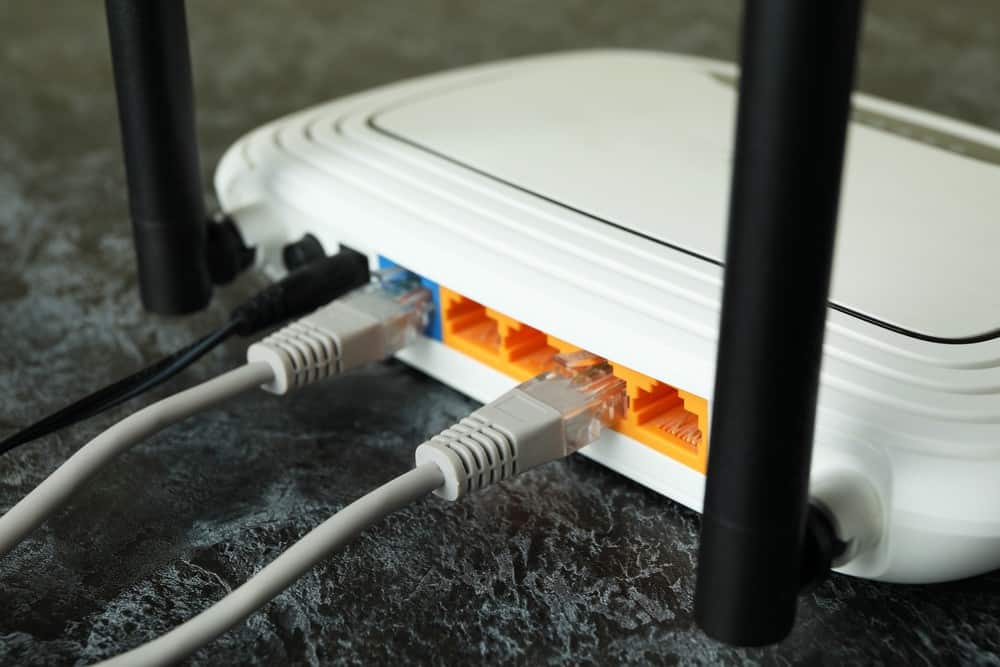
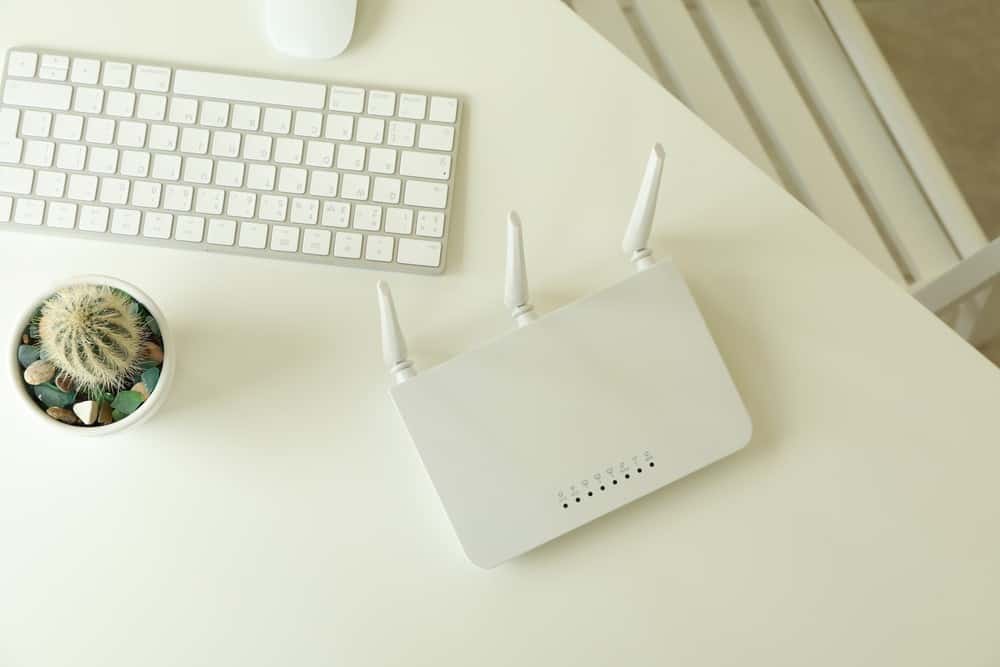
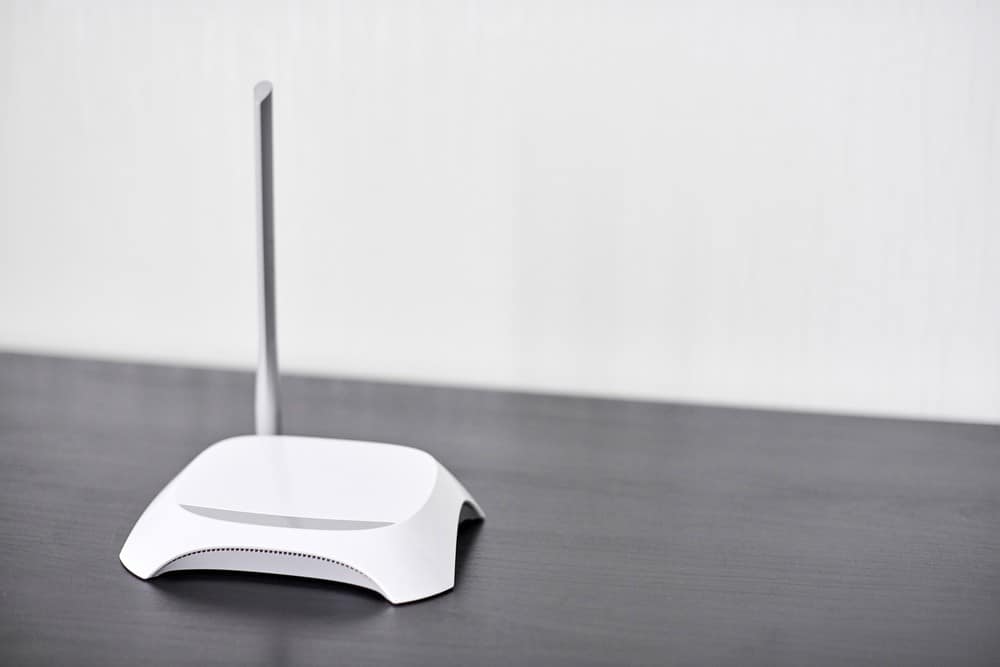
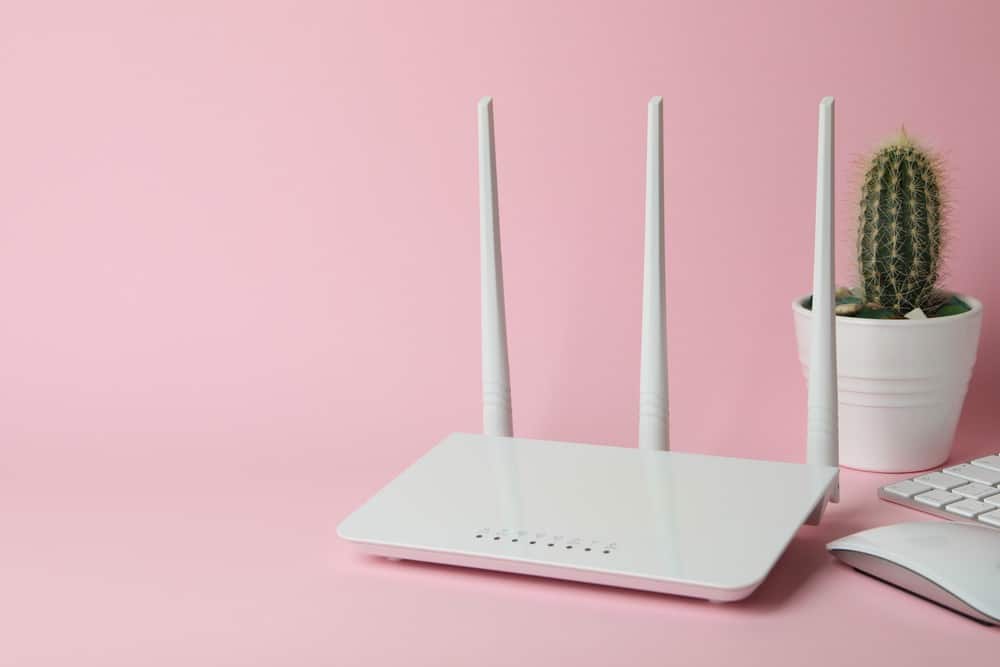
![Best BenQ Monitors in [year] 27 Best BenQ Monitors in 2026](https://www.gadgetreview.dev/wp-content/uploads/best-benq-monitor-image.jpg)
![Best Wifi Extenders For FiOS in [year] 28 Best Wifi Extenders For FiOS in 2026](https://www.gadgetreview.dev/wp-content/uploads/best-wifi-extender-for-fios-image.jpg)
![Best Fiber Optic Routers in [year] 29 Best Fiber Optic Routers in 2026](https://www.gadgetreview.dev/wp-content/uploads/best-fiber-optic-router-image.jpg)
![Best VoIP Routers in [year] 30 Best VoIP Routers in 2026](https://www.gadgetreview.dev/wp-content/uploads/best-voip-router-image.jpg)
![Best Routers for 200Mbps in [year] 31 Best Routers for 200Mbps in 2026](https://www.gadgetreview.dev/wp-content/uploads/best-router-for-200mbps-image.jpg)
![Best Routers for Optimum in [year] 32 Best Routers for Optimum in 2026](https://www.gadgetreview.dev/wp-content/uploads/best-router-for-optimum-image.jpg)
![Best Routers for Apple in [year] 33 Best Routers for Apple in 2026](https://www.gadgetreview.dev/wp-content/uploads/best-router-for-apple-image.jpg)
![Best Routers for Frontier FIOS in [year] 34 Best Routers for Frontier FIOS in 2026](https://www.gadgetreview.dev/wp-content/uploads/best-router-for-frontier-fios-image.jpg)
![Best Secure Routers in [year] 35 Best Secure Routers in 2026](https://www.gadgetreview.dev/wp-content/uploads/best-secure-router-image.jpg)
![Best Routers for Google Fiber in [year] 36 Best Routers for Google Fiber in 2026](https://www.gadgetreview.dev/wp-content/uploads/best-router-for-google-fiber-image.jpg)
![Best Routers for Cox in [year] 37 Best Routers for Cox in 2026](https://www.gadgetreview.dev/wp-content/uploads/best-router-for-cox-image.jpg)
![Best Asus Routers in [year] 38 Best Asus Routers in 2026](https://www.gadgetreview.dev/wp-content/uploads/best-asus-routers-image.jpg)
![Best Linksys Routers in [year] 39 Best Linksys Routers in 2026](https://www.gadgetreview.dev/wp-content/uploads/best-linksys-routers-image.jpg)
![Best Routers for CenturyLink in [year] 40 Best Routers for CenturyLink in 2026](https://www.gadgetreview.dev/wp-content/uploads/best-router-for-centurylink-image.jpg)
![Best WiFi Routers for Multiple Devices in [year] 41 Best WiFi Routers for Multiple Devices in 2026](https://www.gadgetreview.dev/wp-content/uploads/best-wifi-router-for-multiple-devices-image.jpg)
![Best Wired Routers in [year] 42 Best Wired Routers in 2026](https://www.gadgetreview.dev/wp-content/uploads/best-wired-router-image.jpg)
![Best Routers for 4K Streaming in [year] 43 Best Routers for 4K Streaming in 2026](https://www.gadgetreview.dev/wp-content/uploads/best-router-for-4k-streaming-image.jpg)
![Best Cisco Routers in [year] 44 Best Cisco Routers in 2026](https://www.gadgetreview.dev/wp-content/uploads/best-cisco-routers-image.jpg)
![Best eero Routers in [year] 45 Best eero Routers in 2026](https://www.gadgetreview.dev/wp-content/uploads/best-eero-routers-image.jpg)






